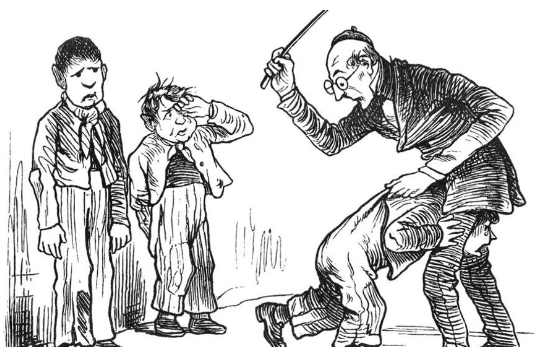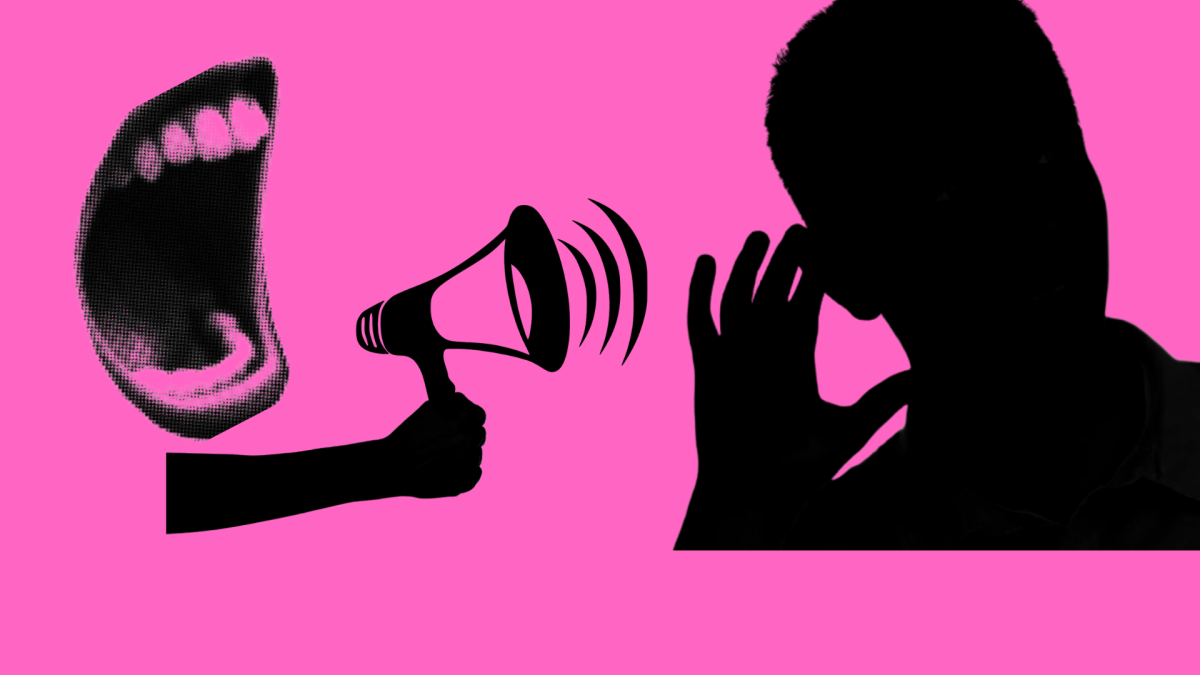
Corporal punishment is defined as the use of physical punishment, such as hitting, slapping, spanking, choking, extensive exercise, punching and more. It is currently legal for public schools to employ in 19 U.S. states, including Texas. But this old-fashioned disciplinary measure should be banned for the whole country.
Firstly, corporal punishment can be abused very quickly. The Cultural Spillover Theory, first patented by Graham L. Staines, explains that the more a country uses “legitimate” violent acts to achieve their goals, the more normalized other acts of illegitimate violence are. On a smaller scale, this indicates that with each increase in the “slapping of wrists” at school, there is a parallel expansion in more abusive punishment measures.
Evidence of this is recorded in the amount of reported student requests for medical attention as a result of corporal punishment. According to Joann Grayson, Ph.D, in the 2006 Virginia Child Protection Newsletter, “As a result of corporal punishment, 10,000 to 20,000 students request/need medical treatment each year. Serious injuries and long-term damage have been documented as a result of hitting or spanking.”
This is unacceptable. Although some have their justifications behind corporal punishment, believing that it betters the child’s behavior, sending school children to the hospital in the name of discipline cannot be rationalized. This 19th century law needs to catch up with the present- categorizing corporal punishment as physical abuse or assault.
In Dec. 2023, a popular family vlogger Ruby Franke was found guilty of four different counts of child abuse. Her twelve year-old son was sent to recover in the hospital from starvation, open wounds, and duct tape restraints found around his ankles and wrists. Franke was sentenced to up to 60 years in prison.
If both child abuse and corporal punishment can render a child in the hospital, they should be treated the same. Perpetrators of child abuse and users of corporal punishment should not only receive the same ramifications, but should also seen as equal in the eyes of the law. Both parties mistreat children in the same way, and it is unfair to let corporal punishment continue to be legalized.
Secondly, there are serious mental effects following corporal punishment. In the short term, physical discipline may decrease behavioral issues but only at the cost of long term irregular functioning.
According to the World Health Organization, corporal punishment can instill anxiety disorders, depression, impaired problem-solving skills, emotional instability, antisocial behavior and increased aggression. Instead of the complacency outcome that’s expected of students subjected to corporal punishment, it’s evidenced that physical discipline can only worsen student habits.
Speaking of student habits, corporal punishment is also positively associated with poorer academic performance and higher dropout rates. Whether this is linked to the increased stress and mental problems or if the harsh discipline itself discourages student performance, corporal punishment leads to nothing but learning disruption.
In summary, hitting, choking, slapping or inflicting other examples of corporal punishment onto children can follow them into their adult lives. It can infect their world view and give them mental illness, foster aggression, an alienated personality or throw their education off course by forcing them to drop out.
Finally, corporal punishment should be banned because there are a myriad of other, more beneficial methods of directing students.
To manage the classroom, one of the highest recommended techniques is known as positive reinforcement. Patented by psychologist B.F. Skinner in 1938, positive reinforcement is described as following desired behavior with a reward. For example, a teacher could establish that if students demonstrate a certain amount of good behavior, they can get a prize out of a toy box. This incentive encourages the sought after response, and discourages others.
Another method is setting expectations. This prevents unruly behavior before it starts. Goal-setting, class meetings and weekly reflections on conduct can illustrate the correct classroom etiquette to students. For example, a “social contract,” has had rising popularity in recent years. A social contract is an outline of values and practices that must be accustomed for the classroom. What makes the social contract fantastic, is that it is often made in a group setting. Allowing all students to contribute allows them to hold each other accountable, as well as themselves, enhances the student feeling of control and establishes a tone of mutual respect for the school year. The teachers listen to the students’ wishes for protocol, and the students listen to the teachers’ veto or permitting of those suggestions. This dynamic is much healthier than the one created out of fear that corporal punishment supports.
But even after the misbehavior is complete, there are still acceptable punishments. As outlined by the 2004 Psychosocial Pediatrics Committee, time-out is one of the most effective practices for young children. Time-out is supported by the aforementioned psychologist B.F. Skinner, as it falls under another application of his theory of Operant Conditioning, “Negative Punishment.” This entails removing something positive in order to decrease a certain behavior. In the case of time-out, teachers remove the child from the environment which is encouraging the fit and leave them to self-correct.
In conclusion, corporal punishment should be banned in all 50 states. Between it acting as a gateway to physical abuse, exacerbating misbehaviors and damaging learning, there is no positive result to corporal punishment.













